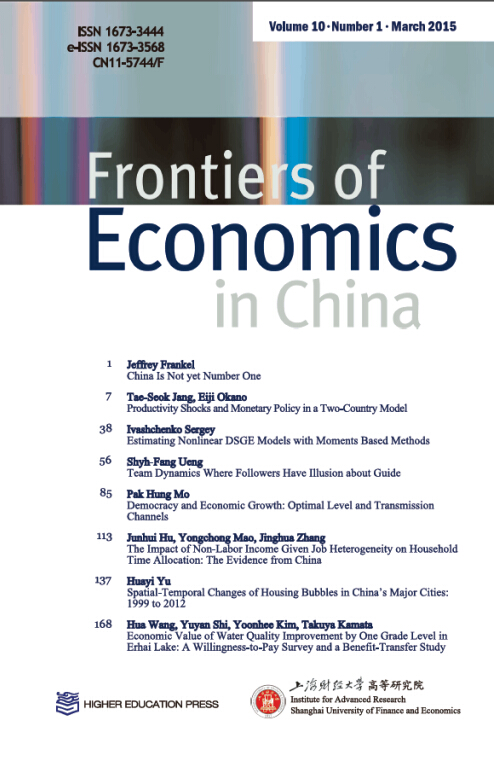Analysis of COVID-19 Prevention and Control Modes and Effects
IF 1.5
4区 经济学
Q2 ECONOMICS
引用次数: 1
Abstract
This study evaluates COVID-19 prevention and control policies. Based on the simulation, we compare the effects of two major policies: contact restriction and active treatment. Through regression and cluster analysis, we classified 169 countries and regions in the world into 10 groups, among which five groups accounted for the major proportion: the ones with the labels “CHN (China) mode,” “SE (South Europe) mode,” “ENE-SSA (East & North Europe and Sub-Saharan Africa) mode,” “US (United States) mode,” and “DEU (Germany) mode”). Differences in the effects of the prevention and control of COVID-19 in typical countries in each mode are comprehensively investigated. The conclusions of this study can be summarized as follows: First, contact restriction outperforms active treatment in curbing the spread of COVID-19. Second, “CHN mode” ranks the highest level of epidemic control and emphasizes epidemic prevention and control more than economic stimulus, which is the opposite of the “US mode”. Regression analysis reveals that the differences in epidemics worldwide are caused by policy differences among modes.新型冠状病毒肺炎防控模式及效果分析
本研究评估了新冠肺炎防控政策。在模拟的基础上,我们比较了两种主要政策的效果:限制接触和积极治疗。通过回归和聚类分析,我们将世界上169个国家和地区分为10组,其中5组占主要比例:标签为“CHN(中国)模式”、“SE(南欧)模式”和“ENE-SSA(东欧和北欧及撒哈拉以南非洲)模式”的国家和地区、“US(美国)模式”以及“DEU(德国)模式”。全面调查了不同模式下典型国家新冠肺炎防控效果的差异。本研究的结论可以总结如下:首先,在遏制新冠肺炎传播方面,限制接触优于积极治疗。第二,“CHN模式”是疫情控制的最高级别,比经济刺激更强调疫情防控,这与“美国模式”相反。回归分析表明,全球疫情的差异是由不同模式的政策差异引起的。
本文章由计算机程序翻译,如有差异,请以英文原文为准。
求助全文
约1分钟内获得全文
求助全文
来源期刊

Frontiers of Economics in China
ECONOMICS-
CiteScore
1.20
自引率
0.00%
发文量
373
期刊介绍:
Frontiers of Economics in China seeks to provide a forum for a broad blend of peer-reviewed academic papers of economics in order to promote communication and exchanges between economists in China and abroad. It will reflect the enormous advances that are currently being made in China in the field of economy and society. In addition, this journal also bears the mission of introducing the academic achievements on Chinese economics research to the world.
 求助内容:
求助内容: 应助结果提醒方式:
应助结果提醒方式:


